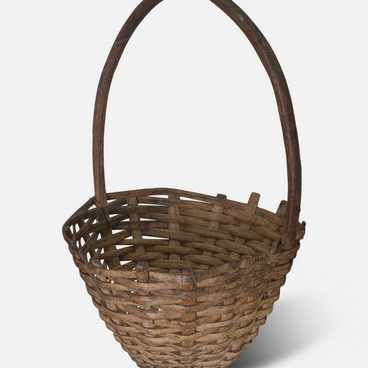The Museum of the History of the Resort City of Sochi presents traditional Adyghe wooden wedding stilt shoes decorated with mother-of-pearl (known as “koturny”).
Such shoes were carved from wood in the shape of a foot, featuring a sharp toe. They were mounted on two wooden supports of equal size: one beneath the toe and the other under the heel, both flaring outwards at the bottom. Occasionally, metal jingling pendants were placed between the supports. A wide loop of leather and galloon was attached to the stilts. The shoes could be lined with velvet or leather, decorated with bone, mother-of-pearl, and metal overlays. Wealthy individuals often used silver, while tin was a more affordable option. The stilts were not worn directly on bare feet; Circassian girls first donned soft shoes before inserting their toes through the loop. These shoes contributed to the image of a girl or woman from the noble class. Women could either stand on such stilts or move slowly and majestically, as if looking down on the crowd and rising above the bustle.
These stilts were worn only on holidays, such as weddings, when every girl became equal to a princess. In such cases, the shoes were borrowed from their owners. A noble lady would wear them on any special occasion. In these shoes, one could only move with small, smooth steps, which was considered the most graceful and feminine gait by the Adyghe. Quick movements were impossible, further indicating the high status: a noble and wealthy lady could afford to do less housework, which required greater freedom of movement.
In Adyghe folklore, stilts symbolize a rich and lavish life. They are in a way equaled to a horse: an Adyghe man could speak to a lady without dismounting from his horse only if she was wearing stilts. There is a theory that the Adyghe borrowed this and possibly other types of footwear from the Crimean Tatars. Evidence of this can be found in Adyghe folklore and the similarities in traditions, although Crimean examples are usually much taller.


